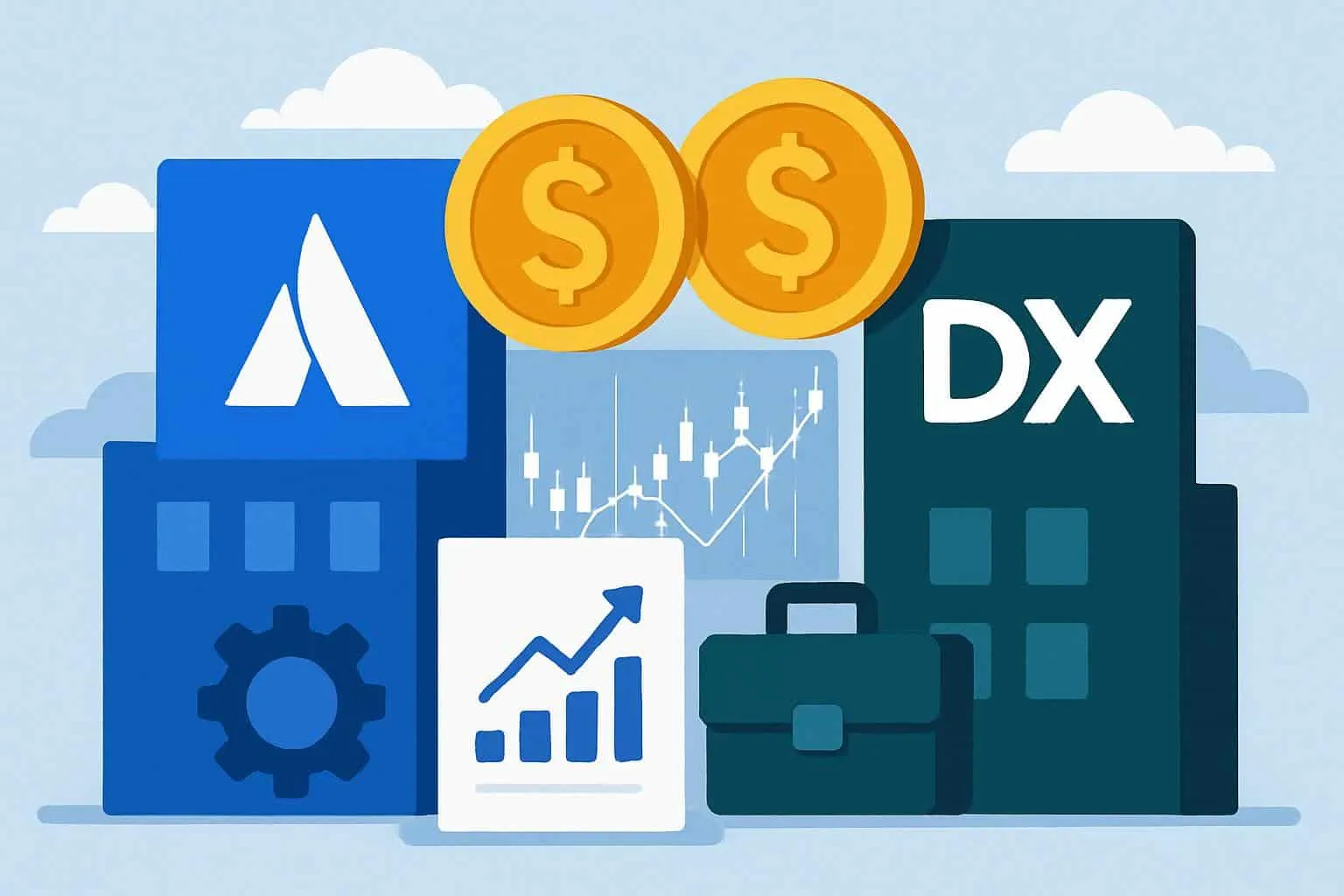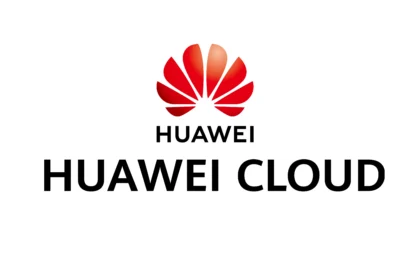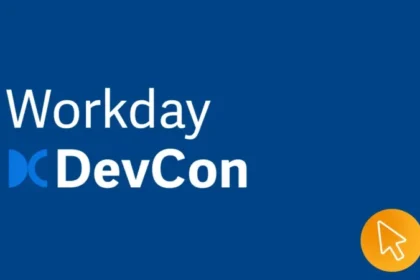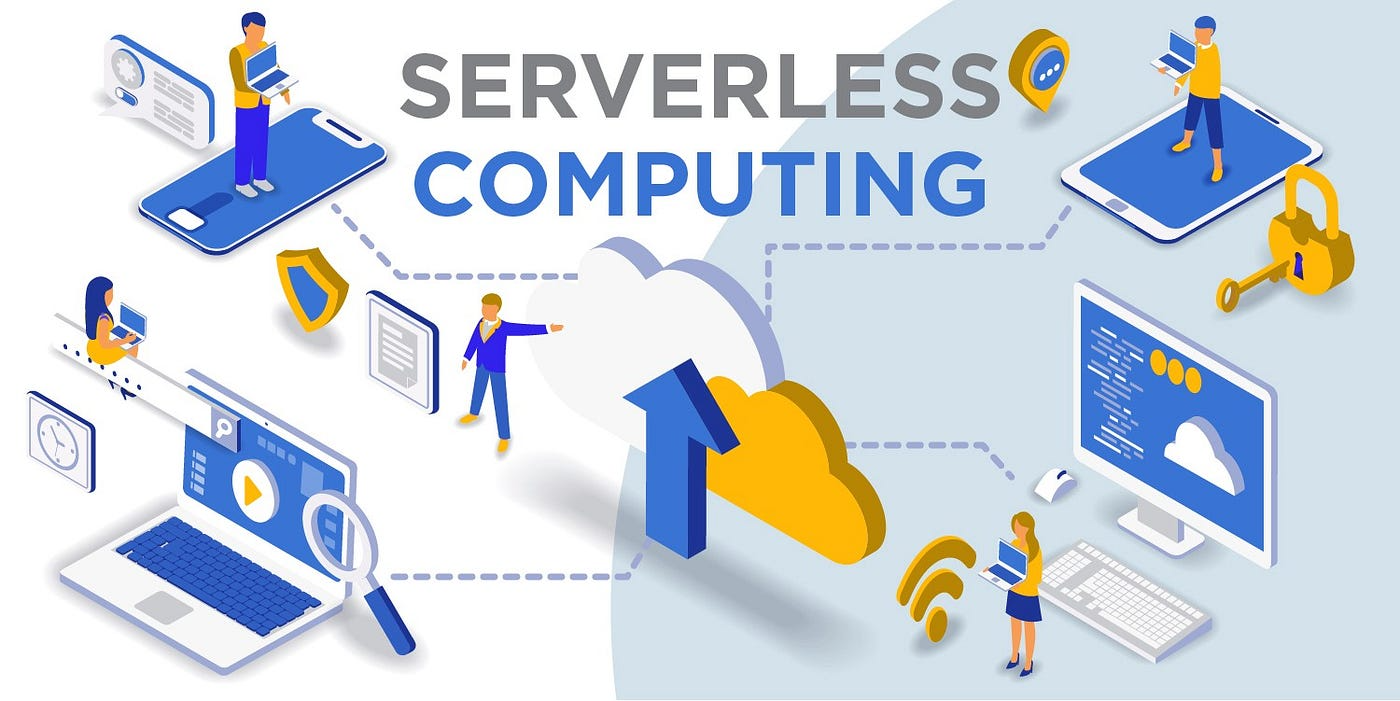Today in software & dev, there are three major developments making waves for developers globally especially in the U.S. & Europe. Atlassian is acquiring developer‐productivity platform DX for about $1 billion, Riverlane has released Deltakit, a platform to help with quantum error correction, and Java 25 LTS has finally landed with features aimed at better profiling, AI-integration, and developer ergonomics. If you’re building software, these matter. (via Reuters; MarkTechPost; InfoWorld)
👩💻 Atlassian Acquires DX: Deep Insights for Dev Teams
Atlassian is buying DX, a platform that helps companies analyze engineering workflows, measure developer productivity, and track how AI tools are being adopted within engineering teams. The ~$1B deal (in cash + restricted stock) is meant to enhance Atlassian’s suite offering Atlassian customers deeper visibility over where bottlenecks or lags show up in dev cycles and how AI tools actually impact output. Many DX clients already use Atlassian tools; this acquisition deepens that connection.
🧮 Riverlane’s Deltakit: Quantum Error Correction Meets SDK & Learning
Riverlane’s new platform, Deltakit, is tailored for quantum software developers. It packages a software development kit (SDK) with quantum error correction decoders, noise-models, and interactive learning materials (a “Textbook”) so devs can test and run QEC experiments in one place. Quantum error correction is one of the biggest obstacles in making quantum computers reliable, and Deltakit could help shrink that gap.
☕ Java 25 LTS: Profiling, AI-Focus, and More Stability
Java 25 is now officially generally available as a Long-Term Support release, bringing upgrades aimed at improving performance and developer tools. Among its features: ahead-of-time method profiling, enhancements to the Flight Recorder (especially CPU-time profiling on Linux), compact object headers, improvements to garbage collection (like enhancements for Shenandoah), and better support for primitives & pattern matching in switch statements. Several of these, especially around profiling and performance monitoring, are useful for large-scale systems and AI workloads.
Why These Moves Are Significant
These three stories share a through-line: tooling, metrics, and reliability. Dev teams are increasingly judged on not just what they build, but how efficiently and reliably they build it. Monitoring, observability, error correction, and meaningful measurement are no longer optional they’re core. Whether you’re working frontend, backend, or on bleeding-edge quantum systems, expectations are rising for good developer experience, robust pipelines, and insight into team efficiency.
What Dev Teams Should Explore / Take Advantage Of
- Adopt tools that show where dev process inefficiencies lie Atlassian + DX may spark new metric dashboards. If you already use Atlassian, watch for DX integrations.
- If you’re exploring quantum computing, try Deltakit: run small QEC experiments to understand how noise and decoding affect outcomes it’ll help in preparing for quantum production challenges.
- Upgrade to Java 25 where possible (especially in backend systems), to gain better visibility via profiling, improved GC, pattern matching enhancements and better performance in servers or microservices.
- Reassess your AI toolchain and how you measure its impact are you tracking ROI of AI features/tools/assistants, or just adopting them because everyone else is?
- Push for developer feedback loops: performance issues, latency or dev bottlenecks often hide in logs or low-level metrics. The combination of profiling and observability tools with team reviews can uncover significant gains.
Challenges & Things to Watch
With upgrades, there are always trade-offs. New tools or platforms often come with integration burdens, learning curves, or compatibility issues with legacy systems. In quantum, hardware remains fragile and costs high; SDKs like Deltakit help, but the hardware side still limits what’s possible. Java upgrades always risk breaking backwards compatibility in some libraries. Tool consolidation (e.g. Atlassian + old UX/process metrics tools) may sometimes increase dependency risk. And metrics themselves must be chosen wisely too much data without meaning can be worse than blind spots.
My Take
It seems like we’re entering a phase where developer tools aren’t just about writing code they’re about measuring how code gets written, maintaining quality, and anticipating issues. Atlassian’s acquisition of DX signals that knowing how dev teams work is becoming as important as building the features. Java 25 gives backend and server engineers tools to see deeper into performance, and Riverlane’s Deltakit helps quantum devs address some of the toughest reliability problems. For devs and engineering leaders, it’s a reminder: the next wave of competitive advantage won’t come just from what you build but how well you build it.

